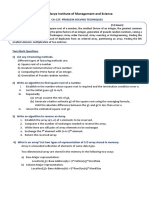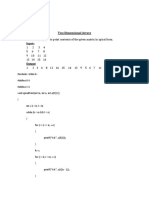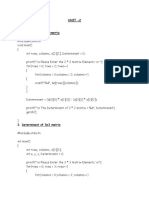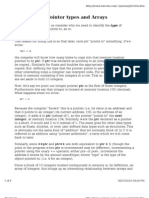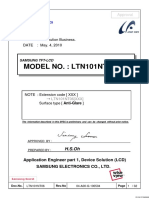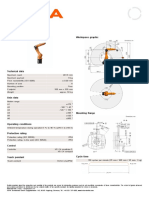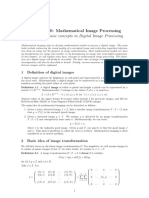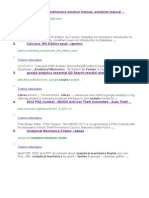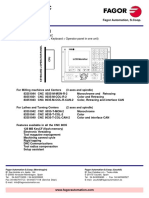0% found this document useful (0 votes)
45 views10 pagesArrays & Matrix Operations in C
The document provides an overview of arrays and matrix operations in C programming, including definitions, declarations, and initialization. It details common operations such as traversing, inserting, deleting, searching elements in arrays, and performing operations like addition, transposition, multiplication, and diagonal sum in matrices. Additionally, it includes practice problems with code examples for maximum product pairs and array rotations.
Uploaded by
Jack SparrowCopyright
© © All Rights Reserved
We take content rights seriously. If you suspect this is your content, claim it here.
Available Formats
Download as DOCX, PDF, TXT or read online on Scribd
0% found this document useful (0 votes)
45 views10 pagesArrays & Matrix Operations in C
The document provides an overview of arrays and matrix operations in C programming, including definitions, declarations, and initialization. It details common operations such as traversing, inserting, deleting, searching elements in arrays, and performing operations like addition, transposition, multiplication, and diagonal sum in matrices. Additionally, it includes practice problems with code examples for maximum product pairs and array rotations.
Uploaded by
Jack SparrowCopyright
© © All Rights Reserved
We take content rights seriously. If you suspect this is your content, claim it here.
Available Formats
Download as DOCX, PDF, TXT or read online on Scribd
/ 10







































